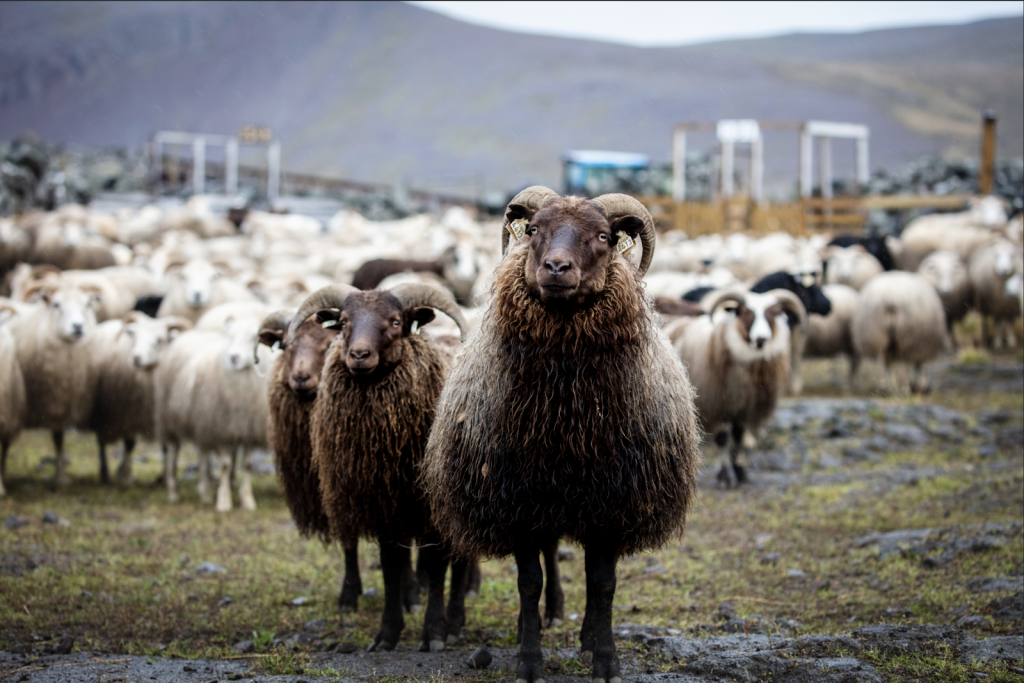June marks the start of summer in Iceland and as the joyous lamb birthing season in Iceland draws to a close, every sheep farm is bustling with life. A pure breed ever since the Viking Age, local farmers share an exceptional bond with their sheep and their offspring, giving them the utmost care.
Now, the time has arrived for the newborn lambs and their mothers to be released into the country’s wild pastures, mountains, and heaths – which has been the tradition for the last 1,100 years ever since the first settlement arrived. They will spend the summer under the northern sky, subsisting on grass, berries, herbs, and plants whose pink, purple, yellow, and blue hues brighten and beautify the landscape. These include Rhodiola Rosea, Angelica, dwarf fireweed, sea thrift, and moss campion. Trees and bushes such as mountain-ash, arctic willow, and wooly willow are also on their menu. Sometimes, the lambs even enjoy the bounty of Iceland’s beaches, choosing from seaweed such as kelp, algae, and rockweeds.
As a result of this extraordinary tradition, the Icelandic lamb remains a pure product of nature, completely free from hormones and additives. Furthermore, it is exceptionally nutritious. It is rich with iron and Omega-3 fatty acids, which have various benefits for the body, especially the brain. And by living in harmony with nature, it acquires its incomparable mild flavor and tender texture. Therefore, it is the natural choice of leading chefs and an unmissable feature of every true Icelandic feast.
Keep up to date on all things Iceland by following us on Twitter!


Comments
article Next
article